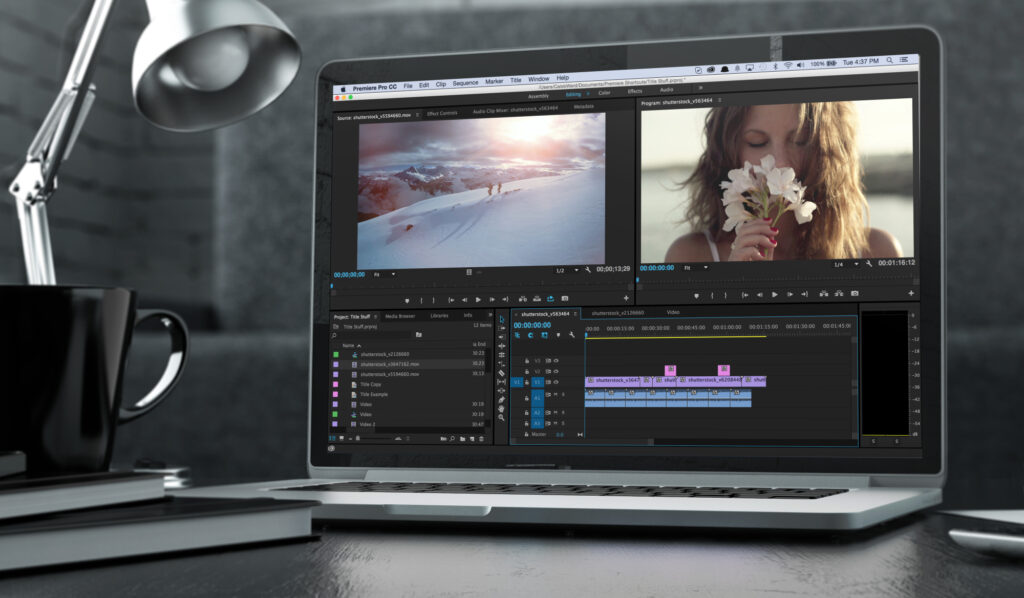change pic size – If you’re a blogger, it’s important to ensure that the images you use for your posts are optimized for web use. This means that you need to resize them to the appropriate size for your blog. Resizing images can be done easily using a range of tools, and this guide will walk you through the steps involved.
The first step is to determine the size of image you need for your blog. This will depend on the layout of your blog and the size of the images you intend to use. Once you know the size, you can start resizing your images.
The next step is to select the images you wish to resize. Most image editing programs have a built-in image resize tool that makes it easy to resize multiple images at once. Simply select the files you wish to resize and click the resize button.
Now, you’ll need to enter the size you want for your images. Keep in mind that images can be resized to smaller or larger sizes. When resizing images, it’s important to consider the quality of the images. If you shrink an image too much, it may become pixelated or blurry.
When you’re happy with the size you’ve chosen, click the “Save” button. Your images will now be resized and ready to use in your blog.
That’s all there is to it! By following these simple steps, you can easily resize your images for your blog and ensure that they look great.
Image Optimization for SEO: What You Need to Know to Resize Your Photos
Image optimization is an important component of search engine optimization (SEO). Optimizing your images can help you rank higher in search engine results and improve user experience on your website. Resizing your photos is the first step in image optimization for SEO.
When it comes to image optimization for SEO, there are several factors you need to consider when resizing your photos. First, make sure the image size is appropriate for the web. Images that are too large can slow down your website and negatively affect user experience. Secondly, consider the file size. Large file sizes can also slow down your website. Compressing the file size can help reduce the load time. Finally, make sure the resolution is appropriate. Low-resolution images can appear blurry and distorted.
When resizing photos for SEO, you should follow best practices to ensure the images appear correctly. First, ensure the aspect ratio remains the same. This will ensure the image is not distorted when resizing. Secondly, use the right file format. JPEGs and PNGs are the most common file formats used for web images. Finally, use an image compression tool to reduce the file size without compromising the image quality.
By following these steps, you can ensure your images are optimized for SEO and make sure the user experience on your website is not negatively affected. Resizing your photos correctly is an important step in image optimization for SEO.
Best Practices for Resizing Images for the Web: What You Need to Know
When creating images for the web, it is important to understand the best practices for resizing them in order to ensure they look great and load quickly. Here is what you need to know.
First, you should always use the right image file type. JPEGs are the most commonly used and are generally the best choice as they are small in file size and support millions of colors. However, if you need to save images with transparent backgrounds, then you should use a PNG.
When resizing your images, you should never make them larger than the original. Doing so will cause the image to become pixelated and look blurry. Also, make sure you resize your images to the exact dimensions you need as this will help reduce the file size and speed up loading time.
Finally, you should always compress your images before uploading them to the web. This will reduce the file size, which helps to speed up loading time. There are several different tools available for compressing images, such as TinyPNG or ImageOptim.
By following these best practices for resizing images for the web, you can ensure your images look great and load quickly, ensuring a great user experience.
